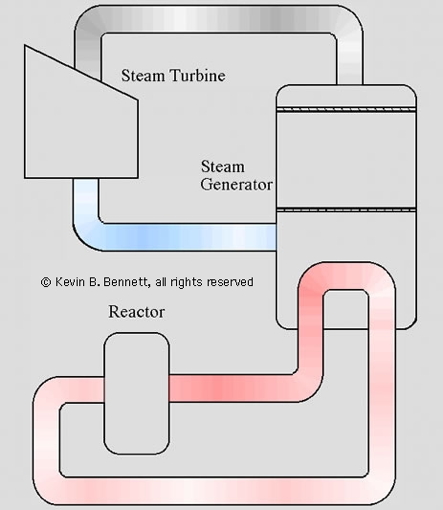
Ecological Display Design:Animated Mimic Displays
“Mimic” displays present information at the level of physical function: the important components, systems, or subsystems and the physical connections between them. One example of this type of display is found in process control domains where static labels and markers are added to non-computerized control panels to help operators understand the complex physical connections that exist in the system. Similar displays have been used in aviation. Animated mimic displays represent the flow of information or resources analogically. The term “animation” does not refer to the updating of digital values, or to the updating of analog indicators (e.g., changing the level of coolant inside the steam generator). In the present context “animation” refers to the analogical representation of flow between system components. These displays provide a “simultaneous graphical explanation” of the ongoing events in a system. As such, animated mimic displays have the potential to improve the effectiveness of real-time performance, as well as the efficiency of training. Dr. Bennett and his colleagues have investigated issues in the design of animated mimic displays extensively. To date, this research has focused on the quality of mapping between the visual features used to produce animation in the display and the perception of motion. The following design guidelines have been developed. References to work in the area:
© Kevin B. Bennett, all rights reserved phone: 937-775-2444 |
An animated mimic display for process control (e.g., Bennett & Nagy, 1996).
|
|
